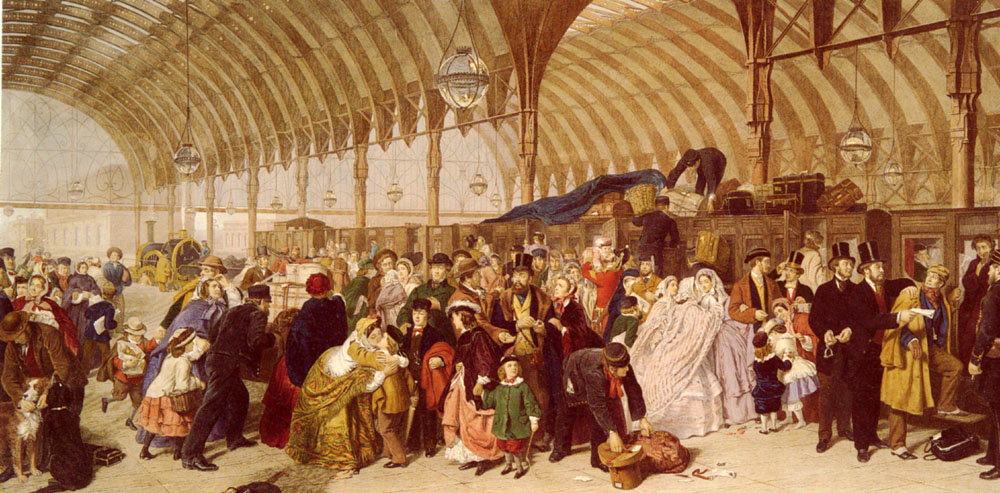Inärtä
The academic study of magic is at its core a study of language; specifically, the study of Inärtä. No discipline within the arcane arts is considered rigorous without confronting this ancient tongue. It is both the backbone of thaumaturgy and the lifeblood of its intellectual tradition. Arcanographers, philologists of the arcane, have spent centuries trying to capture its shape, chasing fragments and shards of a language so sprawling and mutable that even the most ambitious attempts at a full grammar have only ever skimmed the surface.
They have described a language both impossibly intricate and fluid.
Inärtä is one language, yet it manifests as a thousand tongues. There are dialects and sociolects, fiercely personal idiolects, some passed down in guarded lineages, others developed in solitude over years of study. It is not uncommon for the most skilled thaumaturges, particularly among the Paragon Knights, to wield secret idiolects like weapons. Tightly wrought, brutally efficient constructions of meaning known only to their creator. These linguistic variations are fully functional, fully valid, and often better suited to specific circumstances than any supposed "standard" form.
Debates over the true nature of Inärtä’s morphology divide entire schools of thought. Some parse it as agglutinative, stacking morphemes into dense, modular chains of meaning. Others treat it as a fusional and analytic system, where the smallest grammatical shifts carry layered nuance. Each approach yields different strengths. In the rapid chaos of battle, agglutinative Inärtä is preferred; its structure is compact, fast, and reliable, allowing a thaumaturge to unleash devastating magic with minimal verbal overhead.
Complex or large-scale magic, rituals that span hours, spells meant to encompass a village, incantations meant to stir the dead or bend the weather, demand stability and deliberation. Here, the analytic morphology of Inärtä is indispensable. Every constituent element must be named, ordered, and held in the mind with precision. Misplace even a single morpheme, and the result is at best a wasted effort, at worst a violent inversion. It is no accident that churches and universities alike often favor this more cautious mode, inscribing entire rituals in precisely ordered syllables.
Inärtä obeys one central principle: magic, like language, must address something. The concept of the entity lies at the heart of every incantation and ritual. No spell can function unless it knows its target. Without this, the energy dissipates into formless gesture. Pronouns and deixis are the simplest way this is done, but far more effective is the invocation of a true name. This is not the nomen given at birth or used in daily life, but the deeper moniker that reflects the individual’s essence.
Across the disciplines of thaumaturgy, the language intersects with the logic of each school. Telepathy and conjuration, for instance, depend heavily on the subjunctive and irrealis moods. These are the grammatical modes of thought, of potentiality, of the not-quite-real and the might-be. To pierce another's mind, or to call forth something from elsewhere requires a structure that accounts for uncertainty, for the hypothetical. These moods give form to the intangible, allowing the spell to act upon things which are not yet or may never be, but which could be made to exist.
Manipulation, transmutation, and enchantment, on the other hand, deal with what is, and how it can be altered. Here, the precise use of adjectival phrases, reduplication, declensions and so on comes into play. One must decline it correctly, bind the adjectives not just to the noun but to the magical logic of the transformation. A misdeclined enchantment can cause a blade to turn brittle, or a healing transmutation to fester instead.
Divination and scrying rely on evidentials, grammatical markers that indicate how one knows what they know. To state that something is happening now, or will happen soon, is not enough. One must specify: did you see it? Were you told? Did you divine it from signs, or glimpse it in a mirror’s flicker? These nuances determine the validity and clarity of the magical insight. Poor evidential usage can cloud a vision, conjure hallucinations, or worse: summon an ghost of a truth from a parallel possibility, mistaken as one’s own.
And yet, all of this scaffolding collapses without the entity. Magic must be about, toward, or against something. This is why the most powerful wards do not simply repel or block: they confuse. They erode the spell’s grammar by corrupting its reference or deixis. Instead of “that man,” the subject becomes undefined, indeterminate, linguistically obscured. Some of the finest examples come from Verlinnei, whose warding techniques are almost poetic in their subversion. Their famous masks, worn by blademasters who wield no magic at all during their duels, have protected their bearers from the wrath of even Type Orange thaumaturges. These masks shift the metalinguistic status of the wearer, dissolving the deictic certainty the spell needs to latch onto. A command to boil a subject's blood cannot be executed if it cannot parse who stands before it. A hex cannot bind what grammar no longer recognizes as a subject.



Comments